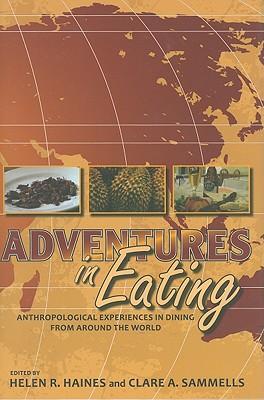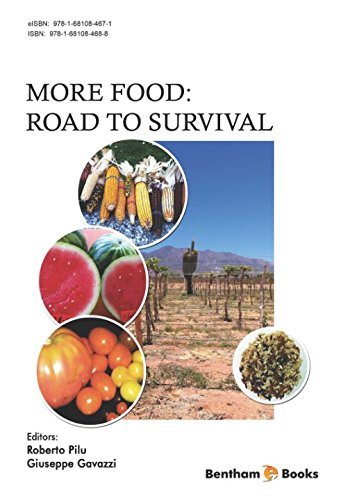Exploring the Journey: How Far Will an Ant Travel for Food in Search of Survival?
Guide or Summary:IntroductionAnt Foraging BehaviorFactors Influencing Foraging DistanceThe Importance of Foraging Distance**Translation of the phrase:** How……
Guide or Summary:
- Introduction
- Ant Foraging Behavior
- Factors Influencing Foraging Distance
- The Importance of Foraging Distance
**Translation of the phrase:** How far will an ant travel for food
---
Introduction
Ants are fascinating creatures known for their industrious nature and complex social structures. One of the most intriguing aspects of their behavior is their foraging habits. This leads us to the question: How far will an ant travel for food? Understanding the distances ants are willing to traverse in search of nourishment not only sheds light on their survival strategies but also reflects the ecological dynamics they are part of.

Ant Foraging Behavior
Ants are social insects that operate within a colony, and their foraging behavior is a collective effort. When a scout ant finds a food source, it marks the trail with pheromones, which guide other ants back to the food. This process raises the question of distance: How far will an ant travel for food? The answer varies depending on several factors, including the species of ant, the availability of food, and environmental conditions.
Factors Influencing Foraging Distance
1. **Species Variation**: Different ant species have different foraging ranges. For instance, leafcutter ants can travel several hundred meters from their nest, while some smaller species might only venture a few meters. The size and structure of the colony also play a role; larger colonies might send out more foragers, covering greater distances.
2. **Food Availability**: When food is scarce, ants are more likely to travel further to find it. In contrast, if food sources are abundant nearby, they will limit their foraging distance. This adaptability ensures that the colony maximizes its chances of survival.

3. **Environmental Factors**: Weather conditions, terrain, and the presence of predators can all influence how far ants will travel. For example, during dry periods, ants may need to venture farther to locate moisture and food, while heavy rains might restrict their movement.
The Importance of Foraging Distance
Understanding how far will an ant travel for food is crucial for several reasons. Firstly, it provides insight into the ecological roles ants play as decomposers and scavengers. By traveling long distances, ants help in nutrient cycling and seed dispersal, contributing to ecosystem health.
Secondly, studying ant foraging behavior can inform pest control strategies in agriculture. Knowing how far certain ant species travel can help farmers implement effective measures to protect crops from these industrious foragers.

In conclusion, the question of how far will an ant travel for food is complex and influenced by various factors. Ants exhibit remarkable adaptability in their foraging behavior, which is essential for their survival and the health of their ecosystems. By studying these tiny yet mighty creatures, we gain valuable insights into the intricate balance of nature and the importance of every organism within it. Whether it's a few meters or several hundred, the journey of an ant in search of food is a testament to their resilience and determination.